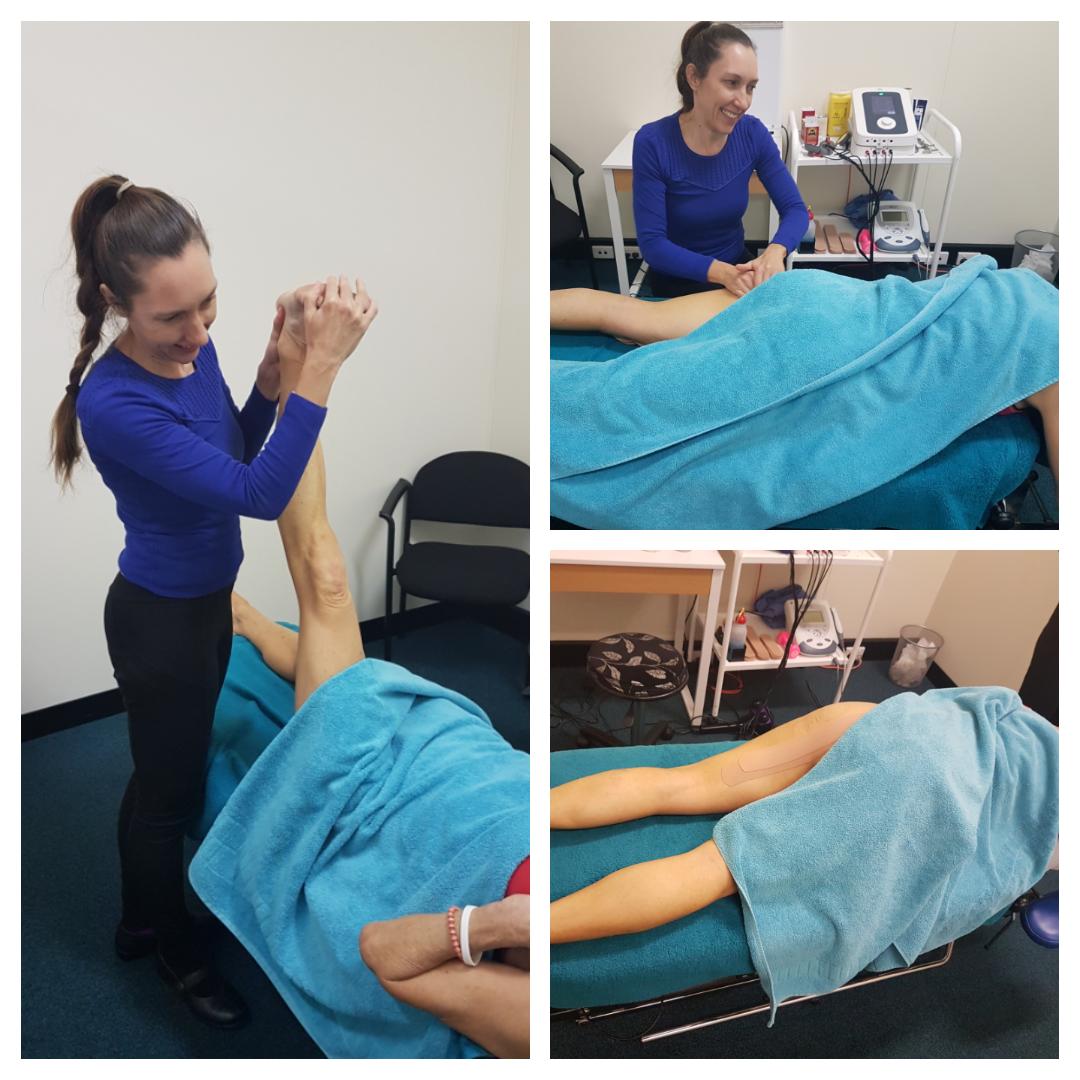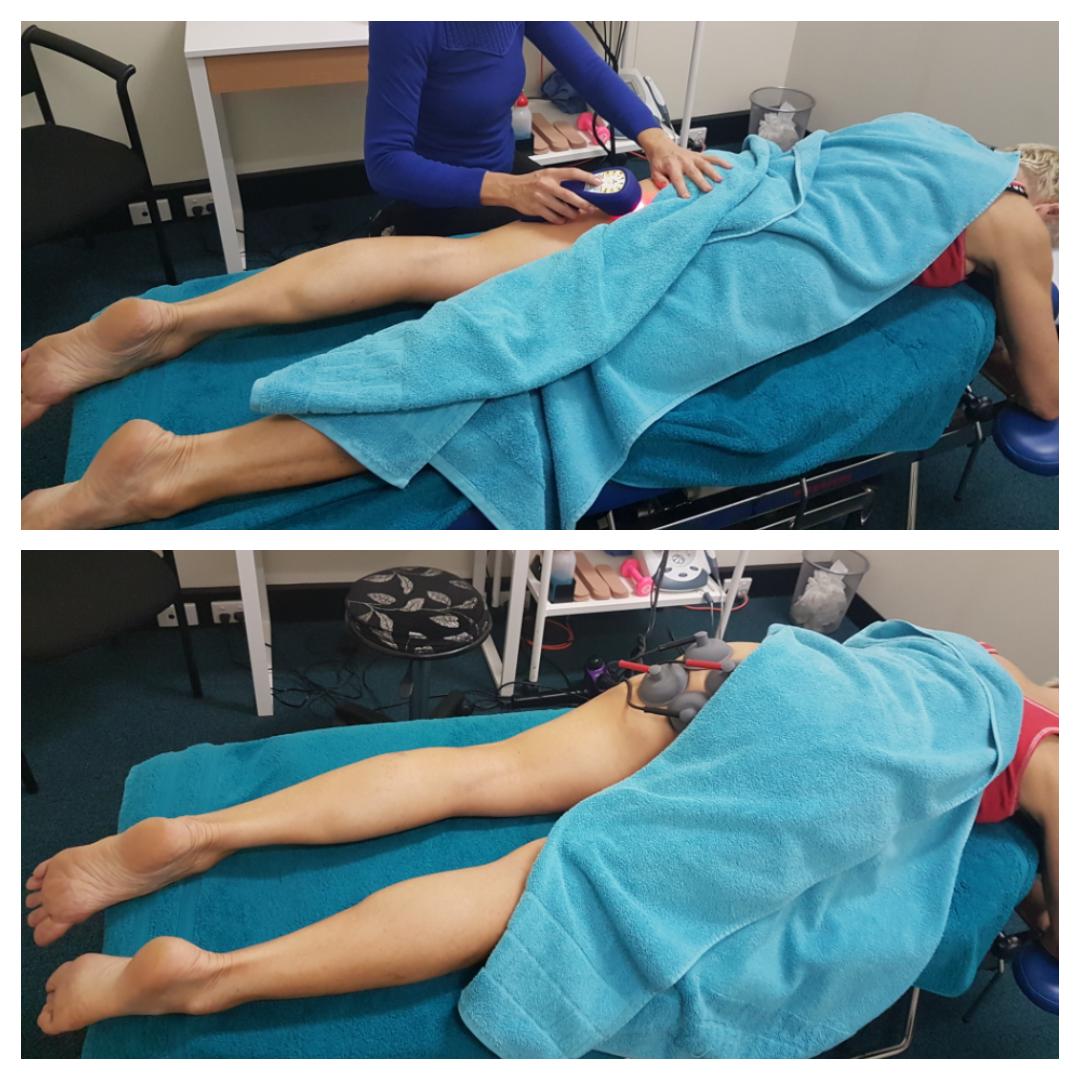 The hamstrings are a group of muscles at the back of the thigh. It is made up of four different muscles: biceps femoris (long head and short head), semimembranosus, and semitendinosus. The main action of the hamstring muscle is to bend the knee and straighten the leg at the hip. Hamstring injuries are one of the most common sporting injuries mostly seen in soccer, football, dancing and basketball.
The hamstrings are a group of muscles at the back of the thigh. It is made up of four different muscles: biceps femoris (long head and short head), semimembranosus, and semitendinosus. The main action of the hamstring muscle is to bend the knee and straighten the leg at the hip. Hamstring injuries are one of the most common sporting injuries mostly seen in soccer, football, dancing and basketball.
Some risk factors associated with hamstring strains include- a history of hamstring injury, older age groups, a sudden change in direction, poor flexibility and strength, muscle fatigue of hamstring, strength imbalance with quadriceps, and a poor warm up.
There are several ways that you can prevent or decrease the likelihood of injury to your hamstring this includes- a thorough warm up, sport specific muscle stretching and drills, increasing your cardiovascular fitness and muscular endurance, gradually increasing the intensity and duration of training, and having adequate recovery/ rest periods.
Hamstring strains can be classified into three main levels of a strain (grade 1-3)
Grade 1
An over stretch without tearing the muscle or tendon fibres, with tightness whilst stretching it or going into full range of motion. There will be no loss in strength or flexibility. You may not be aware of symptoms until finishing the activity. You will be able to weight bear however, walking upstairs or sitting may cause pain.
Grade 2
This is a partial tear in one of the hamstring muscles. There will be a decrease in muscle strength and flexibility, with pain on contraction or stretch. The pain will be more sharp, severe and immediate than a grade 1 strain that tends to feel more like an ache. You will most likely have a limp due to pain on weight bearing, and have difficulty fully straightening the knee.
Grade 3
This is the most severe type of hamstring strain where there is a complete rupture of the muscle. At the time of injury an audible “snap or pop” is evident, with severe pain. A lump at where the complete tear is may be seen, and bruising below within the few days proceeding.
In terms of rehabilitation and recovery of the hamstring strain, it all varies on the severity. A grade 1 strain will typically take 3 weeks of rest, a grade 2 will be 4-8 weeks depending on the extent of the partial tear and a fully ruptured grade 3 may take 3-6 months of rest and intense rehabilitation.
- What your chiropractor can do to help?
- Reduce pain and inflammation
- Normalise range of motion and movement
- Strengthen knee muscles and hamstrings, other lower limb muscles
- Normalise lumber pelvic function
- Normalise neural tension (sciatic nerve)
- Minimise occurrence of re-injury
- Help you return to normal activity faster
The chiropractors at Lakeside Chiropractic have treated various degrees of hamstring strains. Our chiropractors at Lakeside Chiropractic in Joondalup can use various methods to treat your hamstring strain.
- Manual Therapy- Massage or trigger point therapy
- Chiropractic adjustments, mobilisations
- Stretching and rehabilitative exercises
- Prescription of foot orthotics of foot biomechanics is a contributing factor
- Therapeutic taping
- Ultrasound to decrease inflammation
- Electrical stimulation, IFC
- Nutritional advice
 If you are experiencing any hamstring pain please come in and see us at Lakeside Chiropractic or call us on 9300 0095 to make an appointment. You can also book online at www.lakesidechiro.com.au
If you are experiencing any hamstring pain please come in and see us at Lakeside Chiropractic or call us on 9300 0095 to make an appointment. You can also book online at www.lakesidechiro.com.au
Lakeside Chiropractic in Joondalup has experienced sports chiropractors that do not only treat spinal conditions! We accept all major health insurances and also provide HICAPS with these Private Health care providers BUPA, Medibank, SGIO, HBF. If yours isn’t listed please ask.
We service the surrounding suburbs to Joondalup including- Currambine, Kinross, Mindarie, Ocean Reef, Whitfords, Kingsley, Tapping, Hillarys. Please come and see our friendly and experienced chiropractors to help with your symptoms.



